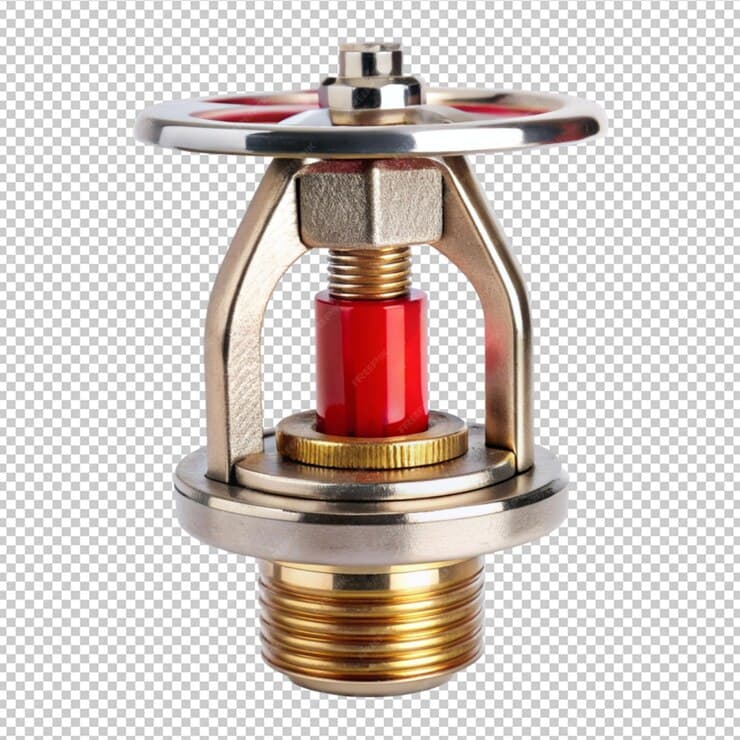Introduction
In today’s world, fire safety is more crucial than ever. With increasing fire hazards in both residential and commercial settings, the importance of effective fire prevention measures cannot be overstated. Among the most reliable and proven methods for safeguarding lives and property are fire sprinkler systems. This article delves into the mechanics, benefits, and essential maintenance of fire sprinkler systems, illustrating why they are an indispensable part of fire safety.
The Vital Role of Fire Sprinklers in Fire Safety
Fire sprinklers are automated systems designed to detect and suppress fires before they can spread. When installed correctly, they act quickly to control or extinguish a fire, providing precious time for occupants to evacuate and for emergency responders to arrive. This statistic emphasizes their significance as a life-saving measure.
In both residential and commercial buildings, fire sprinkler systems are often required by building codes. However, their presence is not just a regulatory compliance issue; it is fundamentally about protecting lives and property.
How Fire Sprinkler Systems Operate
Fire sprinkler systems consist of various components designed to work in harmony. Here’s how they function:
- Heat Detection: Each sprinkler head contains a heat-sensitive element—commonly a glass bulb filled with a liquid. When exposed to high temperatures, this liquid expands and causes the bulb to shatter, triggering the sprinkler.
- Water Supply: Once activated, water flows through the pipes and out of the sprinkler head. This water supply can either come from a municipal source or a dedicated storage tank.
- Targeted Response: Only the sprinkler heads nearest to the fire will activate, allowing for targeted suppression. This minimizes water damage compared to traditional firefighting methods, which often involve extensive water application.
- Alarm Integration: Many fire sprinkler systems are integrated with fire alarm systems, providing immediate alerts to occupants and emergency services.
Types of Fire Sprinkler Systems
Different environments and building types may require different fire sprinkler systems. Here are the primary types:
- Wet Pipe Systems: The most commonly used type, where the pipes are filled with water at all times. When a sprinkler head is activated, water is immediately released.
- Dry Pipe Systems: Ideal for colder climates, these systems contain pressurized air instead of water. Water is only released when the system is activated, preventing freezing.
- Pre-Action Systems: These are a combination of wet and dry systems. They require two triggers to activate, making them suitable for high-value asset protection.
- Deluge Systems: These systems feature open sprinkler heads that discharge a large volume of water simultaneously when activated. They are typically used in high-hazard areas.
Advantages of Fire Sprinkler Systems
Fire sprinkler systems offer numerous advantages that make them essential for any property:
- Enhanced Life Safety: The primary benefit of fire sprinklers is the protection they provide to occupants. By controlling or extinguishing fires swiftly, they create a safer environment.
- Property Protection: Fire sprinklers can minimize property damage by responding to fires at their source. This not only saves money in repairs but also protects valuable assets.
- Lower Insurance Premiums: Properties equipped with fire sprinkler systems often qualify for reduced insurance premiums. Insurers recognize that these systems significantly lower risk.
- Compliance with Codes: Many local building codes mandate fire sprinkler installation in specific types of structures. Compliance not only ensures safety but also avoids legal repercussions.
- Peace of Mind: Knowing that a fire sprinkler system is in place provides a sense of security for homeowners and business operators alike.
Debunking Common Myths about Fire Sprinklers
Despite their effectiveness, several myths about fire sprinkler systems persist:
- Myth: All sprinklers activate at once. In reality, only the sprinklers closest to the fire will activate, minimizing water damage to unaffected areas.
- Myth: Fire sprinklers cause excessive water damage. While they do release water, the damage from a fire is typically much greater than any water damage caused by sprinklers.
- Myth: Fire sprinklers are only necessary for commercial buildings. Residential properties, especially multi-family units and larger homes, can benefit significantly from fire sprinkler systems.
Maintenance and Inspection of Fire Sprinkler Systems
Regular maintenance is crucial to ensure fire sprinkler systems operate effectively. The NFPA recommends inspections at least once a year, including:
- Visual Inspections: Checking for visible damage or obstructions around sprinkler heads to ensure they function correctly.
- Flow Tests: Conducting tests to verify that water flow and pressure are adequate.
- System Tests: Ensuring alarms and integrated systems are operational.
- Documentation: Keeping detailed records of all inspections, maintenance activities, and repairs is essential for compliance and safety.
Neglecting maintenance can lead to system failures during a fire, rendering the sprinklers ineffective.
The Financial Aspect of Fire Sprinkler Installation
While the initial cost of installing a fire sprinkler system may seem high, the long-term benefits often outweigh these expenses. Considerations include:
- Insurance Savings: Many insurance companies offer discounts for properties equipped with fire sprinklers, offsetting installation costs over time.
- Damage Reduction: The potential savings from reduced fire damage can be significant. Fire sprinklers can contain and extinguish a fire, leading to lower repair costs compared to traditional fire damage.
- Increased Property Value: Buildings with fire sprinkler systems may have a higher resale value due to their enhanced safety features.
Conclusion
In conclusion, fire sprinkler systems are a crucial component of fire safety, providing life-saving protection for both people and property. Their quick response capability, integration with alarm systems, and ability to minimize damage make them an essential investment for any building. Understanding how they work, the different types available, and the importance of regular maintenance can help property owners ensure their safety measures are robust and effective.




 (2).jpeg)

Comments